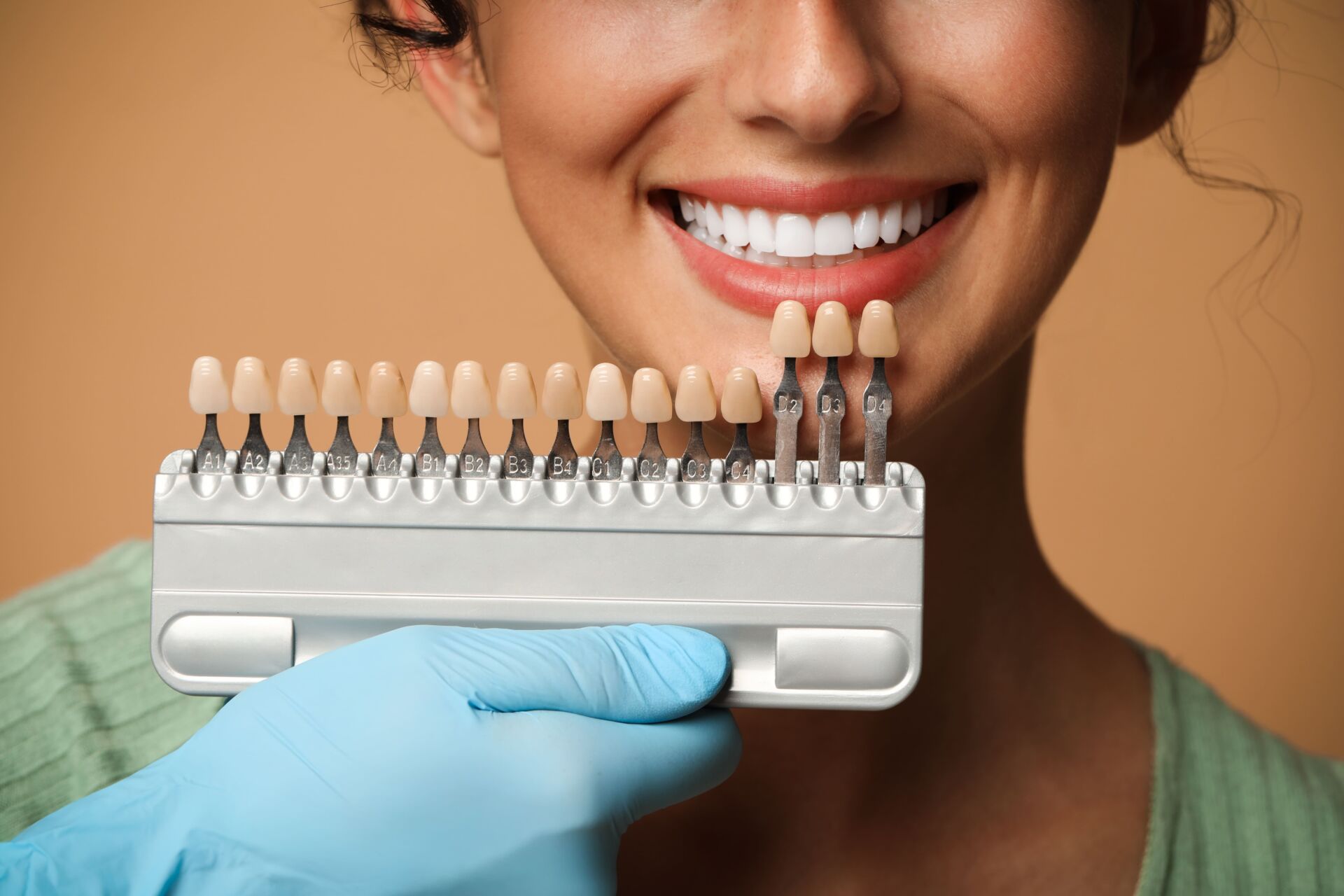If you’ve ever had your gum pockets measured at a dental exam, you know how uncomfortable the procedure can be. Commonly done with an old-fashioned pick, the procedure involves your dentist or hygienist probing the tissue between your tooth and gum line to see how deep the pocket is and how far down the pick will go. A healthy pocket depth is no more than 3 millimeters – anything more could signal signs of gum disease, and the deeper the pocket, the more severe the disease.
But there’s one thing that patients with healthy gums and diseased gums have in common: Nobody particularly likes the procedure. It can range from uncomfortable to downright painful depending on how sensitive your gums are, and many dentists and hygienists don’t like performing the procedure either.
“Nobody likes to inflict pain on their patients,” says Dr. Alexandra George, a dentist from Wexford, Pennsylvania. “But there is currently no better way to check the gums for gum disease.”
But that could all change thanks to a nanoengineer named Jesse Jokerst. Jokerst was at a dental appointment getting his gum pockets measured when he had an epiphany. A professor at the University of California, Jokerst works with ultrasound technology. As he was getting his pockets measured, he wondered if the same technology used in ultrasound could be used to measure dental pockets.
So, Jokerst tested his theory, using squid-ink dye to illuminate the pockets in the mouths of pigs, and using an ultrasound machine to measure the pockets. The procedure worked – with astounding accuracy – and now Jokerst is working to test the procedure on humans.
“The patient would just swish with the dye, and then most likely an ultrasound wand would be run over the gums,” says George. “It’s painless, and the dye doesn’t stain the teeth or require brushing to clean off the teeth – and that’s literally all that would be involved.”
Though the technology needs some fine-tuning, and the procedure could still be a decade away, it offers exciting hope for patients and dentists alike.
“The idea that we could offer this painless procedure instead of one of the most dreaded parts of the exam is going to make a lot of dentists very happy,” says George. “And hopefully, it might encourage patients who are avoiding their exam to visit the dentist more frequently.”



